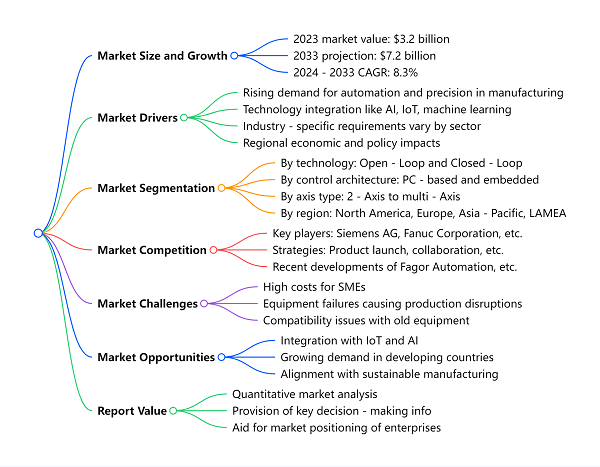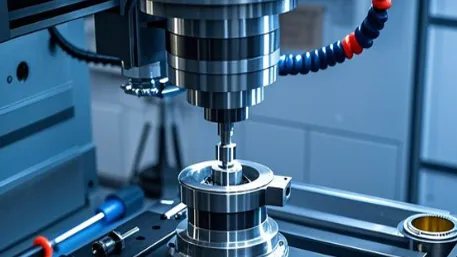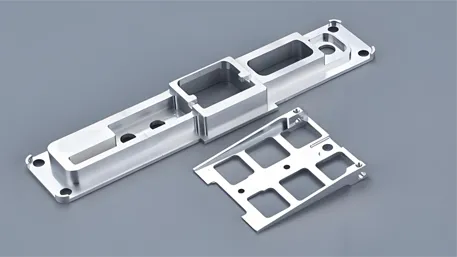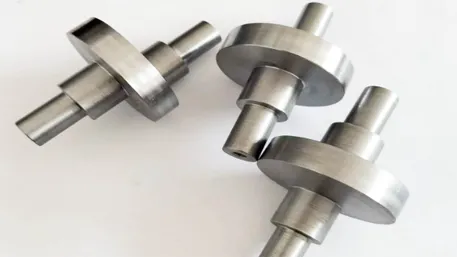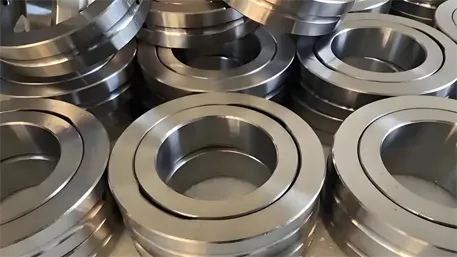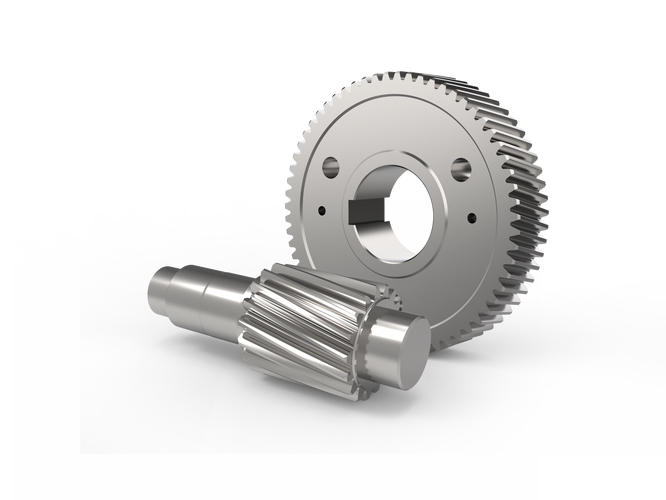In the vast system of modern manufacturing, CNC (Computer Numerical Control) controllers, as the core components of automated control machine tools, are playing an increasingly crucial role. In 2023, the global CNC controller market was valued at $3.2 billion, and it is projected to soar to $7.2 billion by 2033, with a compound annual growth rate (CAGR) of 8.3% from 2024 – 2033. This continuously upward development curve reflects many strong driving factors and broad development prospects behind this market.
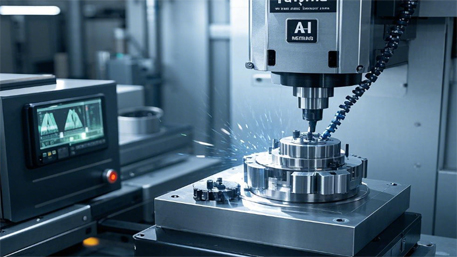
From a technological perspective, the deep integration of cutting – edge technologies such as AI, IoT, and machine learning with CNC controllers has brought about a qualitative leap. In the past, CNC controllers could only perform basic instruction – execution tasks. However, nowadays, with the help of AI’s intelligent algorithms, they can achieve real – time optimization of the machining process. For example, in the machining of complex parts, AI can automatically adjust machining parameters based on real – time monitored factors such as tool wear and material properties, thereby improving machining accuracy and efficiency and reducing the scrap rate. The integration of IoT technology has given CNC controllers the ability to connect everything. By connecting CNC equipment to the network, operators can remotely monitor the equipment’s operating status and obtain production data anytime and anywhere, enabling intelligent management. In some large manufacturing plants, managers can use mobile phones or computers to view the work progress, energy consumption, and other information of multiple CNC devices in real – time, promptly discover and solve potential problems, which greatly improves the efficiency of production management.
In the market segmentation field, different classification dimensions present their own unique market patterns. In terms of technology type, closed – loop CNC controllers occupy the largest market share due to their higher accuracy and efficiency in controlling machine – tool operations. In the aerospace field, where precision requirements are almost demanding, when manufacturing key parts such as aircraft engine blades, closed – loop CNC controllers can ensure that machining errors are controlled within a very small range, guaranteeing the quality and performance of the parts. For example, [a well – known aerospace manufacturing enterprise], when producing new – type engine blades, adopted advanced closed – loop CNC controllers. By precisely controlling the tool’s movement trajectory and cutting parameters, the machining accuracy of the blades was increased by 30%, greatly improving the engine’s operating efficiency and reliability. In terms of control architecture, PC – based control systems dominate the market due to their excellent flexibility and easy integration with various software applications. It can be easily connected to CAD/CAM software, quickly converting design drawings into machining codes, which greatly shortens the product’s R & D and production cycle. In terms of axis type, multi – axis CNC controllers stand out because they can complete complex machining tasks with high precision, meeting the modern manufacturing industry’s demand for diversified and precision products. In the electronic device manufacturing field, when producing miniaturized and high – precision electronic product parts, multi – axis CNC controllers can achieve multi – direction and multi – angle fine machining. For example, [an electronics manufacturing enterprise], when producing the precision metal frames inside mobile phones, used multi – axis CNC controllers. One – time clamping can complete the machining of multiple surfaces and holes, not only improving production efficiency but also ensuring the product’s dimensional accuracy and consistency.
Geographically, the Asia – Pacific region became the dominant region in the CNC controller industry in 2023. This is mainly due to the region’s rapidly advancing industrialization process, widespread application of automation technology, and large – scale investment in manufacturing infrastructure. As a major manufacturing country in the Asia – Pacific region, China’s booming development in industries such as automobiles and electronics in recent years has driven a huge demand for CNC controllers. A large number of newly built modern factories have introduced advanced CNC equipment to improve production efficiency and product quality, further promoting the prosperity of the CNC controller market in the Asia – Pacific region. For example, [an automobile manufacturing plant] introduced processing equipment equipped with advanced CNC controllers for the production of automobile engine blocks. These devices can achieve high – precision machining processes such as milling and drilling, significantly improving the machining accuracy and surface quality of the engine blocks, thereby enhancing the engine’s performance and reliability, and at the same time, the production efficiency has increased by more than 50%.
In terms of the competitive landscape, market participants are using various strategies to expand their influence in the CNC controller market. Many well – known enterprises such as Siemens, Fanuc, and Mitsubishi Electric are active in this market. Take Fagor Automation as an example. In March 2022, the CNC8058 turn – key kit was launched, successfully upgrading manual – operated machine tools to fully automated CNC systems. This kit has many advanced features such as high – definition graphic display, Windows 10 operating system, and a customized – navigation conversational programming workflow. In May 2024, Fagor Automation joined hands with GEKA to promote the digitalization of production processes through the Fagor Digital Kit, integrating advanced digital solutions into the CNC system, providing strong support for improving production efficiency, accuracy, and overall productivity.
However, the CNC controller market does not progress smoothly. On the one hand, the high cost of CNC equipment makes many small and medium – sized enterprises shy away, which becomes a major obstacle to its popularization in developing regions. The price of a set of advanced CNC controllers and supporting equipment can be as high as hundreds of thousands or even millions of yuan, which is a huge expense for small and medium – sized enterprises with relatively weak funds. On the other hand, the complex technical structure of CNC machines makes them prone to failures. Once a failure occurs, it will not only lead to production interruptions and economic losses but also be difficult to repair, requiring professional technicians and equipment. At the same time, when integrating new CNC controllers with existing mechanical equipment, compatibility problems often occur, especially for enterprises using old – fashioned equipment, upgrading CNC controllers is extremely difficult.
Looking to the future, the CNC controller market is still full of hope. With the continuous advancement of industrialization in developing countries, the demand for CNC controllers will continue to rise. The government’s substantial investment in manufacturing infrastructure will create a favorable environment for the wide application of CNC technology. With the concept of sustainable development taking root, CNC controllers are expected to actively respond to global sustainable development goals by optimizing resource utilization and reducing waste in the production process. During the machining process, by precisely controlling machining parameters, raw material losses can be reduced, and energy consumption can be lowered, achieving green manufacturing.
Driven by both technological innovation and market demand, although facing challenges, the CNC controller market still has a very broad prospect. In the future, with the continuous maturity of various technologies and the further expansion of the market, CNC controllers will play an even more important role in the global manufacturing industry, helping the manufacturing industry accelerate its transformation towards intelligence, high – efficiency, and greenness.
